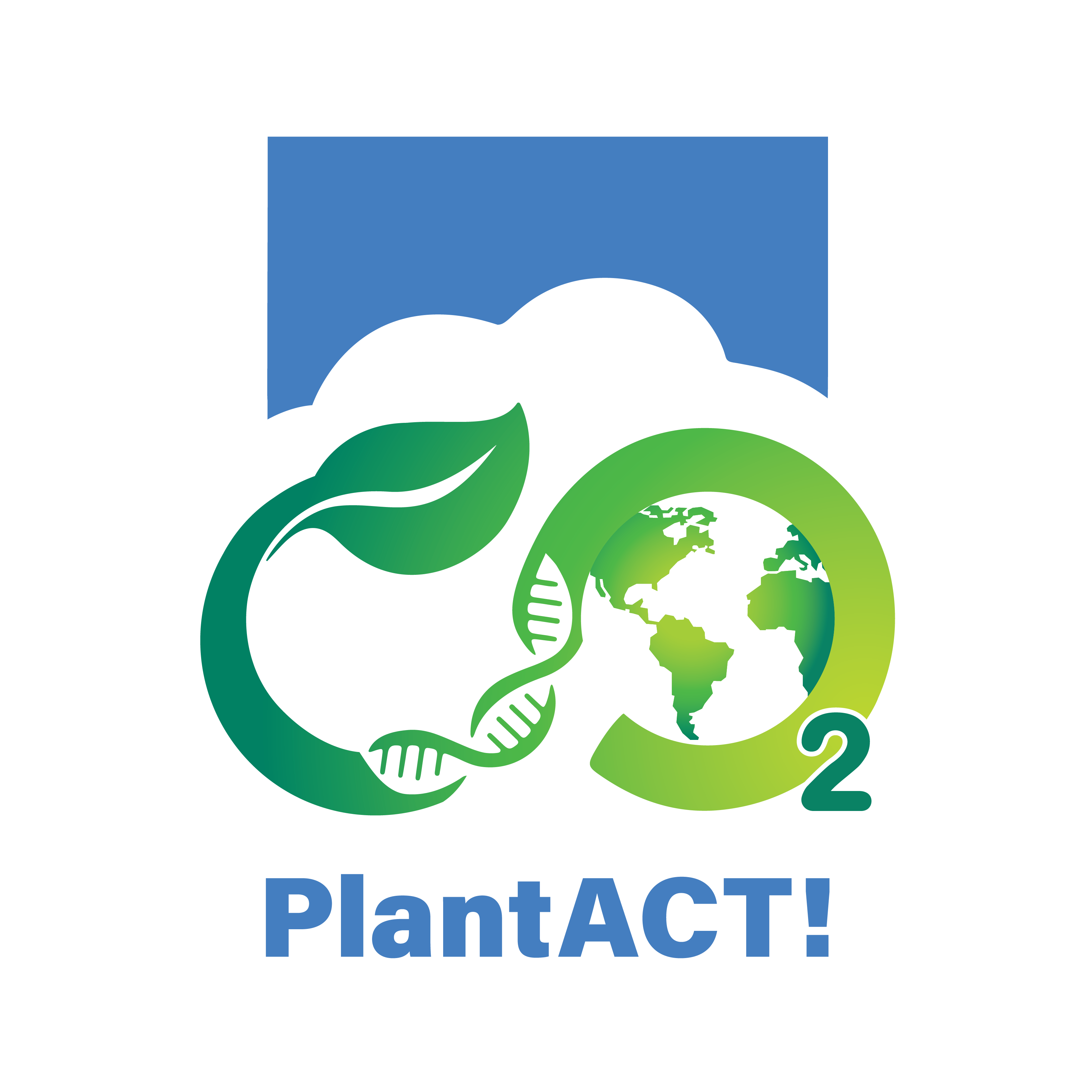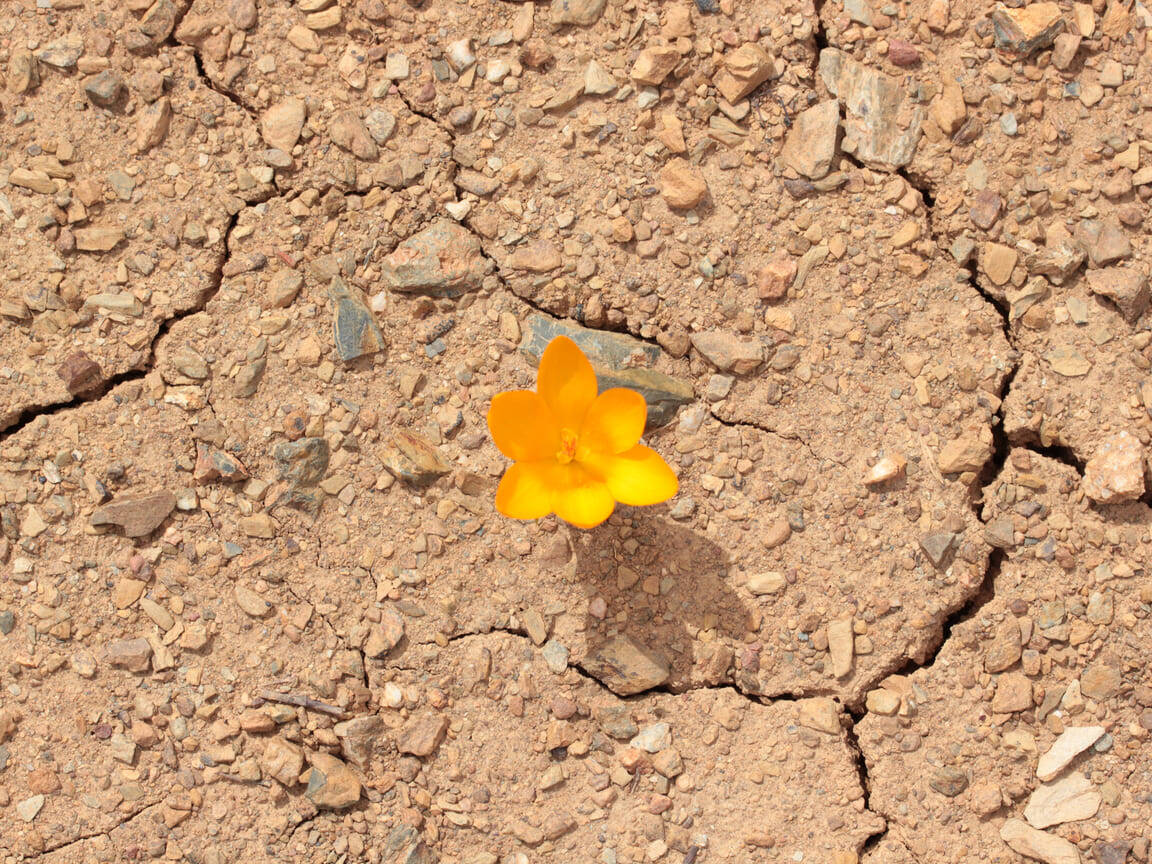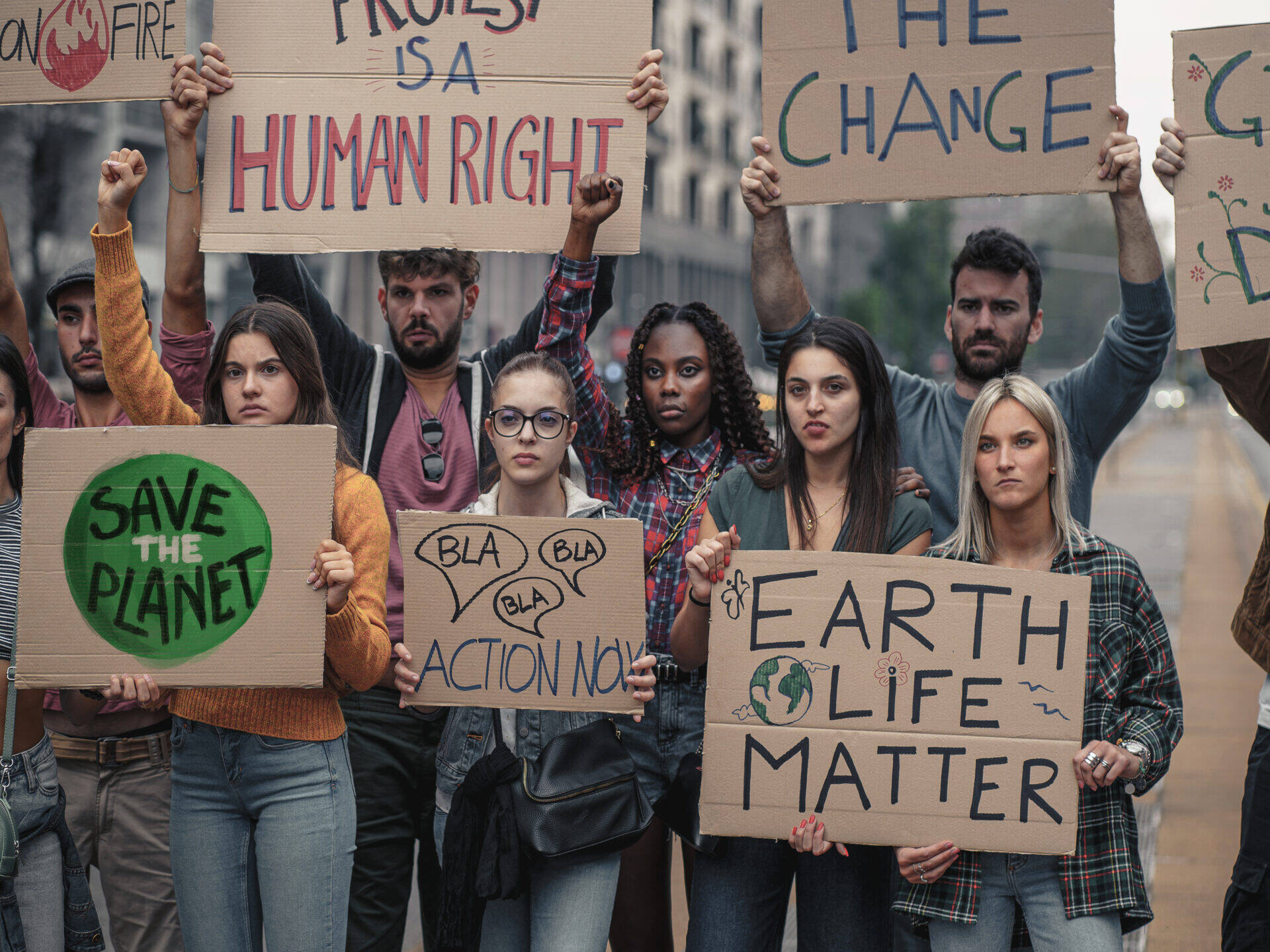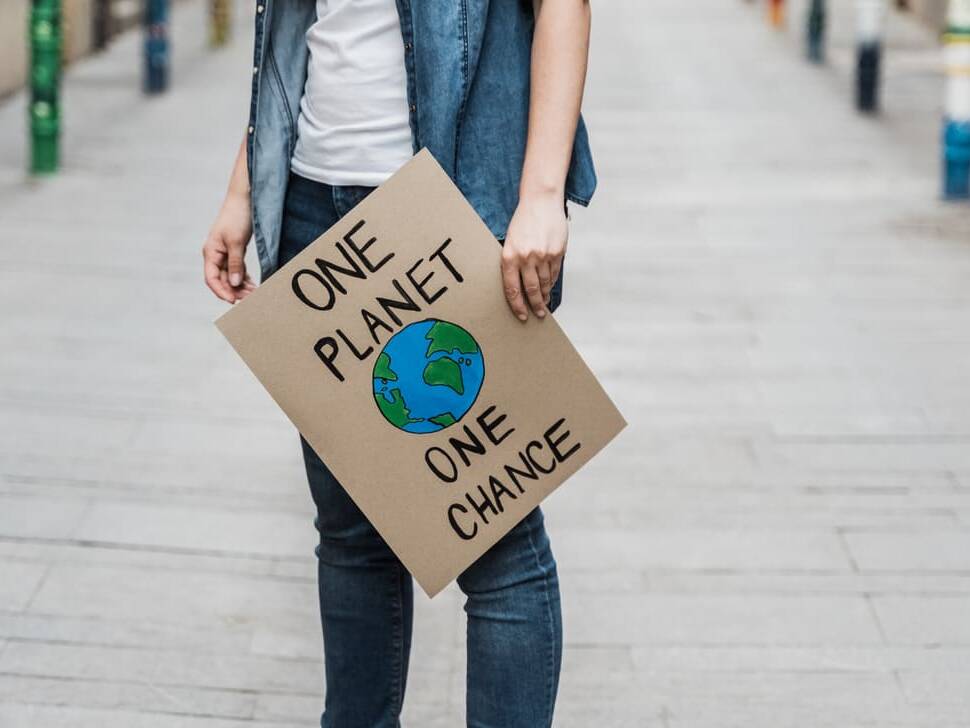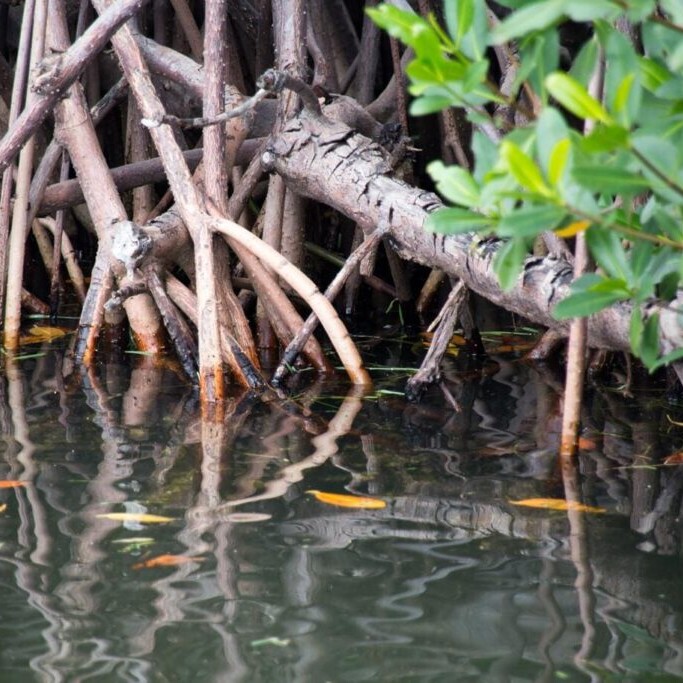
Enabling mangrove restoration by AI-tailored microbiome fortification
Heribert Hirt & Robert Hoehndorf
Mangroves are the wetlands between the oceans and the coast. This vegetation is partially submerged in water and has important roles in coastal stabilization, biodiversity and clean water supply. Most importantly, mangroves store four times more CO2 than terrestrial forests. Projects to reclaim mangrove vegetation on coastal areas are now found in many places in the world, but encounter major difficulties in mangrove forest reestablishment. Based on the isolation of more than 1000 microbial strains from Red Sea mangroves, we propose here an AI based functionally tailored restoration strategy to sustainably support coastal mangrove revegetation.
Despite increasing awareness regarding value and importance, the destruction of mangrove forest continues to take place in many parts of the world. At the same time, many countries have recognized the value and importance of mangrove forests and launched restoration projects, which mainly implies replanting of propagules. However, this strategy is only partially successful and many plants do not survive. Among other factors, a key factor is the lack of knowledge on the physical and chemical and biological structure of the respective soils. To counter this deficiency, we therefore propose a soil-tailored engineering approach that is based on the unique availability of a microbial mangrove biobank with the functional analysis of the soil microbiome. In this project, we will assess the feasibility of developing a functional engineering rehabilitation method that replants mangrove propagules with the important microbial partners that are missing in degraded coastal soils.
To succeed in establishing sustainable ecosystems in any soil, requires the consideration of site-specific soil characteristics and microbiomes. Current replanting initiatives will require a knowledge of soil and microbiome status of locations in the coasts. The current project will improve on previous projects by providing synthetic microbial communities that have been tailored to local needs to rehabilitate soils. In short, the AI-based functional analysis of soil sites will determine which microbial pathways and functions are lacking to provide a fertile soil. The lacking pathways will be identified in microbial biobank strains. The advantage of the proposed approach is that the use of synthetic communities based on natural mangrove ecosystems will enhance the success rate in mangrove

Representative view of leaf microbiome of mangrove biobank.
A microbial biobank of 1 000 microbial soil and plant-associated strains was generated. 16S sequencing indicated that the biobank covers all taxonomic and functional groups found in the mangrove ecosystem. As part of this project, the microbial biobank will be sequenced and annotated at the full genome level and used as the resource for assembling the missing microbial units for mangrove rehabilitation programs in KSA.
Website: https://www.heribert-hirt.org/
Email: heribert.hirt@kaust.edu.sa
Related Posts
PlantACT! Conference 10-13 March 2024, Duesseldorf, Germany
PlantACT! Initiative: Spearheading Plant Science…
Searching for Scientific Solutions to the Climate Crisis
The climate effects of atmospheric CO2 at peak…
